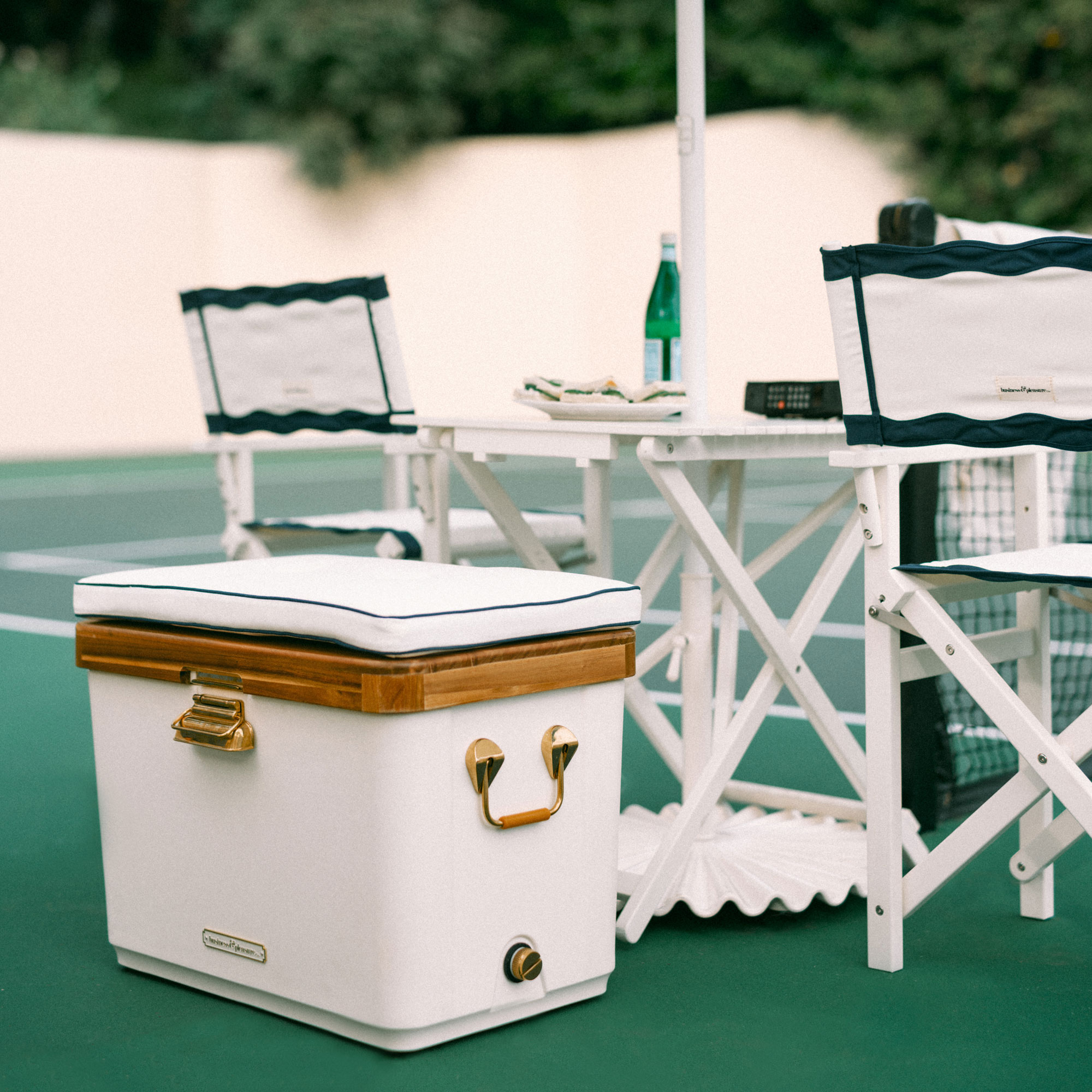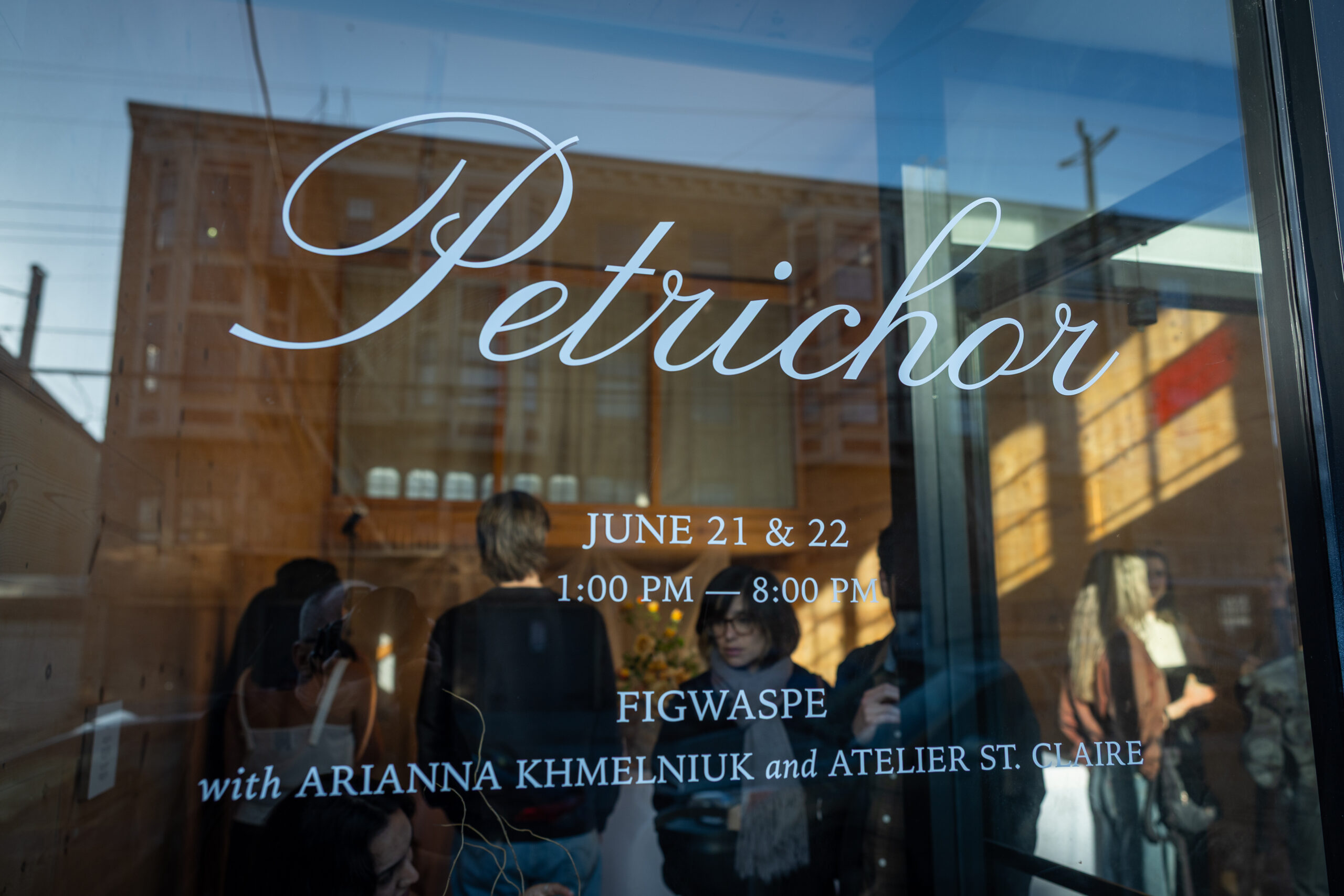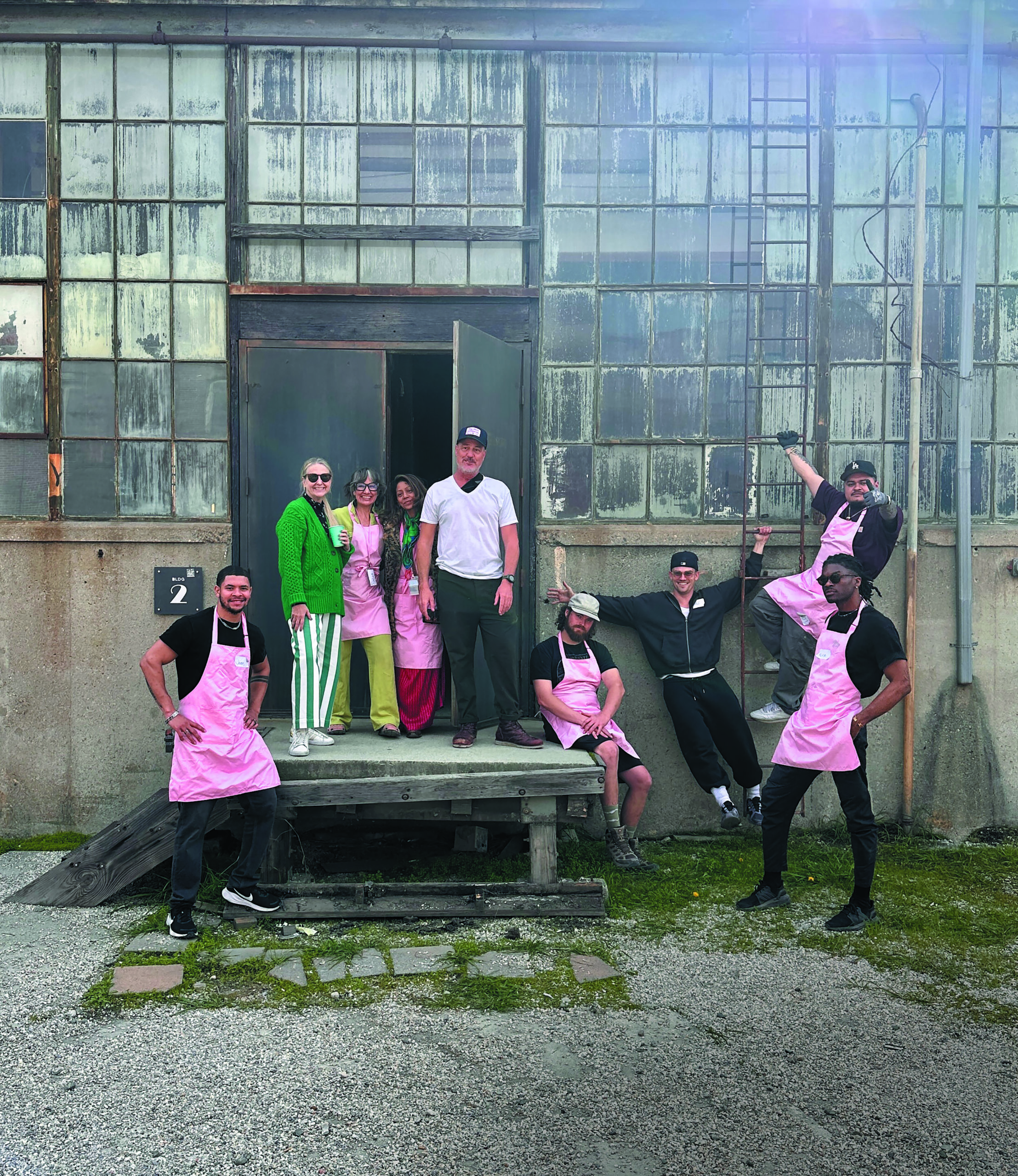Behind the Scenes with voila! Creative Studio
Author:Lindsey ShookToday, we are going behind the scenes with Katrien Van Der Schueren, founder of voila! Creative Studio. Known for their innovative custom framing, voila! offers much more in the areas of fabrication, art and event production and much more. Recently, the team acted swiftly as a result of the pandemic and created protective barriers for retailers to safely open. Here, Katrien shares an up-close look at her team’s process, providing a clear understanding of why the frame is just as important as the art.

-How did you get into the framing business? Before I started voila! I imported vintage paper—from posters to antique prints—myy first experiences with local framers made me want to control the process myself. I couldn’t find something in my taste, or a piece would end up being incorrectly framed. At first, I would just frame the pieces that belonged to me, but people quickly started asking me to also provide them with framing and that clientele just kept growing.

–What are some of your favorite pieces that you have framed? What I love about framing is that you get to touch and feel so much great art. Currently we have a collection of Keith Haring originals at the studio as well as some amazing photography by David Bailey, a Jeff Koons and some stunning canvases by local street artists Defer and Retna. It’s really exciting to be allowed to look at and work with pieces so closely, knowing that the collectors, galleries and artists trust us with the presentation and preservation of their work. Custom framing is an art in itself, as it enhances and protects what is valuable to the client. Sometimes pieces don’t have that much monetary value, like a gift or wedding vows, photos of children and grandchildren. But in all cases framing is always an emotional process, where the client (and us) want to protect or enhance what is valuable to them.

–What are some of the more challenging pieces you have framed? Oh, don’t get me started! A dust collection would be one, the dust from a dryer. The frame was meant to hang next to the dryer to remind everyone to collect the dust after each round of laundry. That was pretty hard to work with and adhere. An oversized Mandala where paper and backing were full of air gaps in between was a really high-stress frame job to get it with minimal flaws. And a painting painted on a thermal blanket posed it’s own issues too.

–Are there particular styles of frames that work better with certain kinds of art or photographs? Each piece is rather unique. It depends on the style, timeframe, medium and value of the art and the taste of the customer or what style of interior it will be in. You can mix and match ornate versus simple and sleek, depending on these parameters as long as you take the structural soundness of the frame for the piece into account. And depending on the value of the work, mounting methods and the interior components of the framing job are crucial. A lot of the magic of framing is actually invisible but of major importance. If one uses the wrong materials, mounting method or adhesives, something which is mainly invisible to the eye, can become visible causing a piece of art to lose all its value.

-Is there more of one style or framing trend that people are gravitating towards? Art wise, we have seen many more oversized canvasses and large-scale prints come through our studio. Those of course present their own challenges. Overall, I would say people currently lean towards sleek and skinny frame profiles. Either black and white mouldings or natural woods. Custom carved ornate gilded frames definitely have become less in demand than a couple of years ago. Customization focuses on color instead of corner details like the use of a blonde wood at the corner in combination with a walnut just to get a stylish artisanal yet sleek and subtle accent.
-Can you share some tips on framing art at home? First of all, carve out more time than you were planning for. Second, don’t try to frame something of great value by yourself. Instead of constructing your own frame, you are better off using a vintage one or a pre-made one. When you choose a matte, try to look for acid-free, especially when you are using it against paper. Choose plexi rather than glass, as there is always a risk of the glass breaking and damaging the art. And make sure the art doesn’t touch the acrylic when possible. A little breathing room between the art and the acrylic will also go a long way. No matter which UV protection your glazing has, keep the framed art away from direct sunlight, heat and humidity if possible.
-Are there any things you should avoid altogether when framing art? There are so many rules when it comes to framing. You would really be surprised! Like, how the frame is built inside, is actually the most important part when it comes to preservation of your art. The use of archival materials versus materials with acids; whether the art is mounted in an irreversible way or whether its mounted using reversible methods and so on. All are of major importance. When comparing frame jobs, when someone uses the exact same moulding, you might not see the difference with an inexperienced eye but it’s important to know there are many different methods and materials that are used and the difference in price often relates to the preservation methods used. When comparing framers, compare apples with apples. The woodwork or metal work and style of the frame itself is mainly an aesthetic choice. Of course, there is craftsmanship and design involved and it’s always important that a frame be structurally sound, but for the preservation of the art itself, that part is actually less important.














